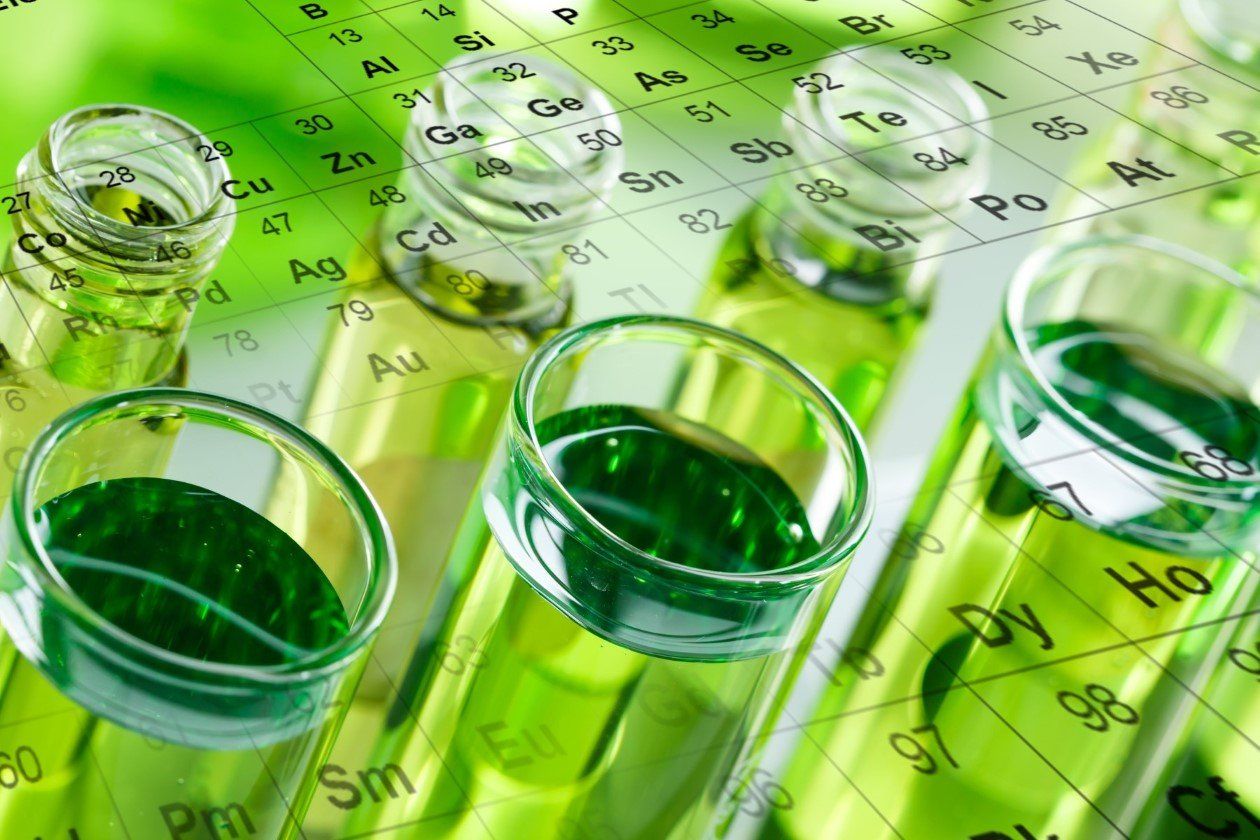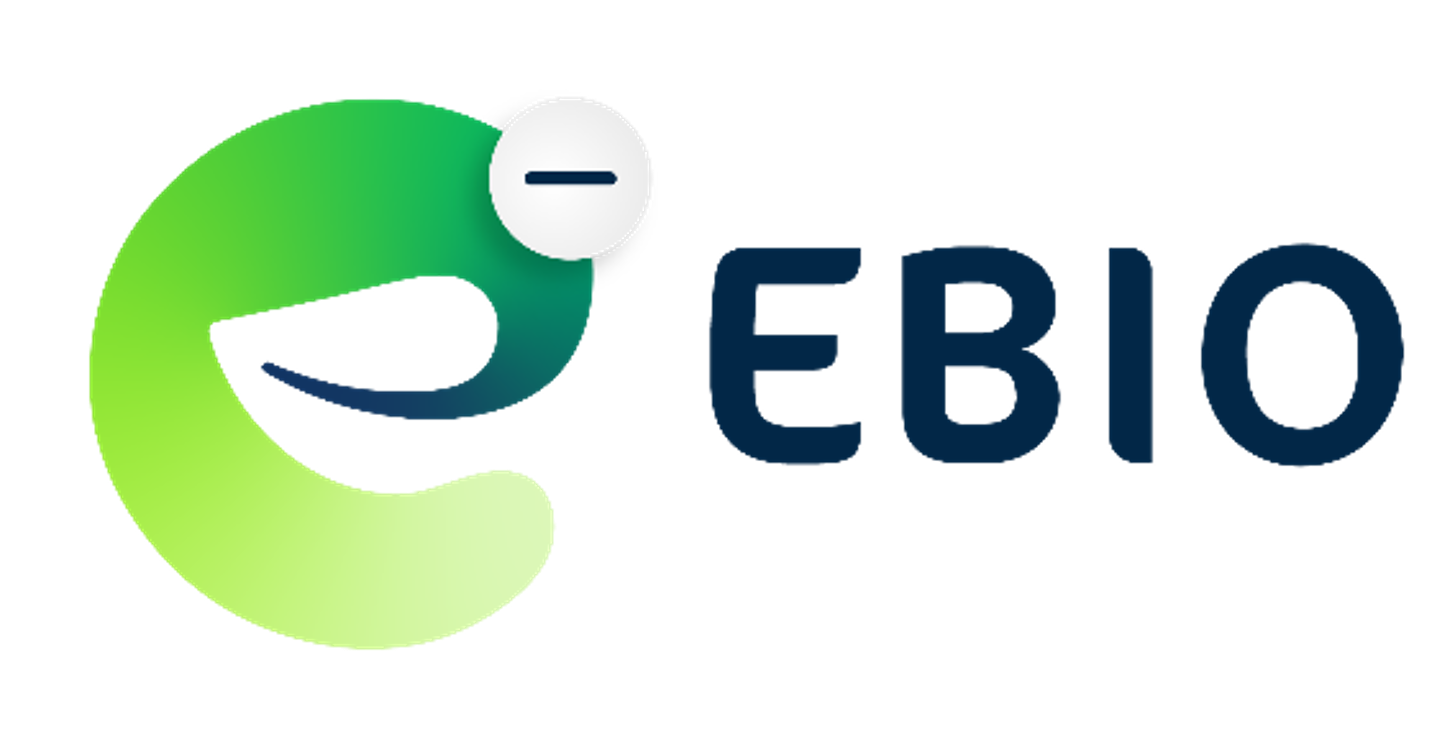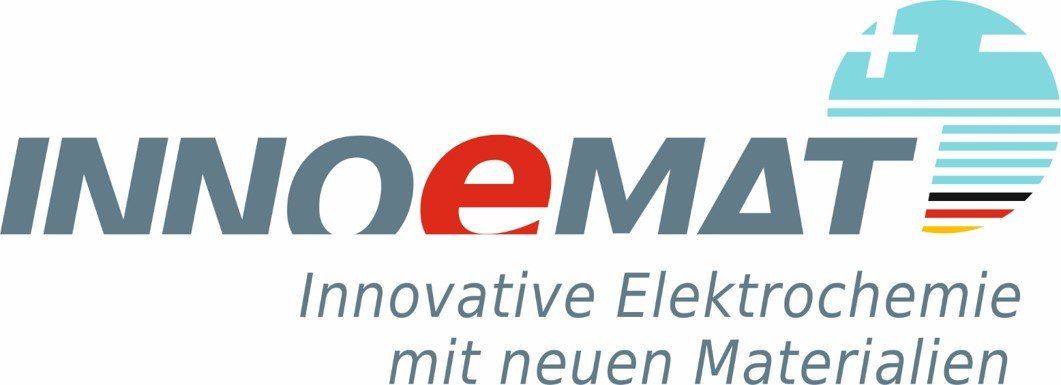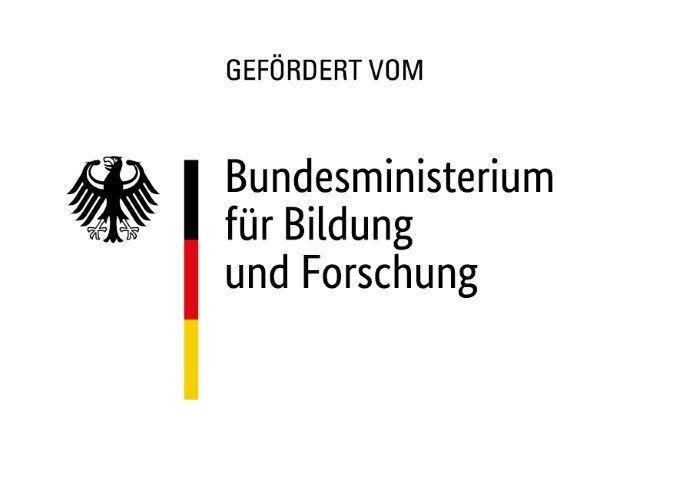This project has received funding from the European Union’s Horizon 2020 Research and Innovation Programme under Grant Agreement No. 101006612.
EBIO: Biomass to Biofuel
EBIO is a new project funded by Horizon 2020 with a length of 4 years. The core of EBIO is the electrochemical upgrading of liquefied biomass to stable and energy dense bio-oils and further refinery co-processing to premium transport fuels. The process is based on successive depolymerisation, hydrogenation and decarboxylation, optimised by developing electrode materials, cell designs, separation processes and efficient integration into existing biorefinery infrastructure.
CONDIAS, as part of the EBIO consortium of 9 project partners from 7 countries, will produce specialised BDD electrodes and will investigate the stability and performance of BDD electrodes in relation to specific oxidiser production and low water-containing electrolytes.
HYPER: Electrified Chemistry
The EU project HYPER aims to help transform hydrogen peroxide (H2O2) production from a large-volume, energy intensive chemical process to a smaller-scale, modular, sustainable, electrochemical process, providing significant benefits.
The research focus of HYPER is to develop a unique electrochemical process for the production of H2O2 via persulfate, a compound that has higher oxidation potential and is more stable than H2O2. This flexible and modular electrified process can advantageously replace the current fossil fuel-based auto-oxidation (AO) production process. The anodic oxidation will be paired with useful cathodic reductions, such as H2 production and material recovery/emissions (NOx/SOx) reductions, in a low waste and circular economy approach. HYPER’s vision is to set up optimised scenarios for electrification in chemicals (coatings), textile and pulp and paper sectors, covering a major part of the current H2O2 market. Demonstration of electrochemical production technologies at TRL6 and integration into the three aforementioned value chains will allow HYPER to evaluate the potential of the electrochemical production for further TRL development.
CONDIAS as part of the project consortium is responsible for the development of a specialised DIACHEM® anode and the support of its integration into the electrolyser part of the system. The electrode will be optimised for cost efficient persulfate production and scalable to fit TRL4 and TRL6 systems.
Liberate: production of high-quality Chemicals
The EU-project LIBERATE aims at the production of high-quality chemicals like vanillin on the basis of renewable raw materials. For this purpose, lignin, a wood fiber, is used as the starting material.
The research for scaling up a corresponding synthesis to a prototype in an operational environment (TRL 6) uses here the synthesis of the innovative oxidizing agent peroxo-dicarbonate PODIC® developed by CONDIAS. In particular, CONDIAS does research on suitably scaled electrodes, electrolysis cells and adapted coatings for the PODIC® synthesis.
RADAR: radical Wastewater Treatment
In this project, the consortium does research on an innovative electrolysis cell that provides the hydrogen peroxide as an oxidant at the cathode and hydroxyl radicals as oxidants at the anode for the treatment of industrial waste water. This 200% cell is guaranteed by combining a gas diffusion cathode and a DIACHEM® anode.
In this project, CONDIAS is responsible in particular for researching adapted diamond electrodes and developing a scalable electrolysis cell for industrial application in the chemical industry.
This project is part of the funding measure "Materials for sustainable water management - MachWas" of the Federal Ministry of Education and Research (BMBF).
ZellCoDia
The joint project in which CONDIAS is involved is called "New cell combinations of the diamond electrode and oxygen-depolarized cathode" (ZellCoDia). The consortium does research on the electrochemical or electroorganic synthesis of valuable chemical products with a novel electrolysis cell using a gas diffusion electrode as cathode and a boron-doped diamond electrode as anode. The syntheses take place in aqueous-organic or organic electrolyte systems. CONDIAS researches innovative diamond electrodes that are specially adapted to the innovative syntheses, including new non-metallic substrate materials and innovative coating processes.
The German Federal Ministry of Education and Research (BMBF) supports the project "ZellCoDia" within the initiative "Innovative Electrochemistry with New Materials - InnoEMat".
MIKROOZON
CONDIAS GmbH together with Fraunhofer ISIT and GO Systemelektronik GmbH have applied for the project Mikroozon. This project is funded by the European Union - European Fund for Regional Development with 40,00% of the actually arising eligible expenses during the approval period 01.04.2017 to 31.03.2020. The grant is earmarked for developing micro ozone generators for the production of ozonized water for disinfection purposes.
By electrolysis, chlorine or ozone can be produced as disinfecting agents directly at the "point of use". This is already common practice in industrial plants and swimming pools, but there is also an important market for the production of small quantities wherever hygiene regulations require frequent disinfection of equipment parts or work surfaces. In the MIKROOZON project CONDIAS GmbH plans to develop such micro ozone generators based on diamond-coated electrodes made of silicon.
Since the generated dose and residence time of the ozone in the water are strongly dependent on mass flow, temperature and conductivity, Fraunhofer ISIT develops a low-cost multi-sensor chip in addition to the electrode substrates, which will be integrated as part of the exchangeable electrolysis cell. GO Systemelektronik GmbH develops an intelligent power supply. From the sensor data, this power supply calculates the parameters for controlling the electrolysis process. Concrete applications for the technology are e.g. beverage makers.
SafeWaterAfrica
A research project on water disinfection in rural areas has started in 2016 with participants from South Africa, Mozambique, Spain, Italy and Germany (11 partners). CONDIAS GmbH, Itzehoe and Fraunhofer IST, Braunschweig are the German partners in this project, which is funded by the European Union (program: Horizon 2020). The aim of the project is to develop a complete water treatment system that adapts pretreatment processes and a new electrolytic system based on carbon electrodes, which is suitable for the treatment of surface and ground water in South Africa and Mozambique. The project lasts 3.5 years and has a budget of €2.9 million.
- Fraunhofer-Gesellschaft zur Förderung der angewandten Forschung e.V. (coordinator) - Germany
- CONDIAS GmbH - Germany
- Università degli Studi di Ferrara - Italy
- Universidad de Castilla La Mancha - Spain
- Advance Call (Pty) Ltd (AC) - South Africa
- NVirtual Consulting Engineers (Pty) Ltd - South Africa
- Tshwane University of Technology - South Africa
- Stellenbosch University - South Africa
- Scientific and Industrial Research Council - South Africa
- Salomon Lda - Mozambique
EPSYLON
EPSYLON stands for "Electrochemical biphenol synthesis by direct coupling to modern carbon anodes". The classical chemical production of biphenols has been very costly so far due to many necessary synthesis steps. The production requires a lot of energy and a considerable amount of chemical waste is generated. Through research in EPSYLON, the biphenol synthesis could be considerably simplified by using electroorganic synthesis in a bipolar flow cell. With the expected raw material shortages of fossil fuels, industry has a new innovative and attractive synthesis route at its disposal.
















